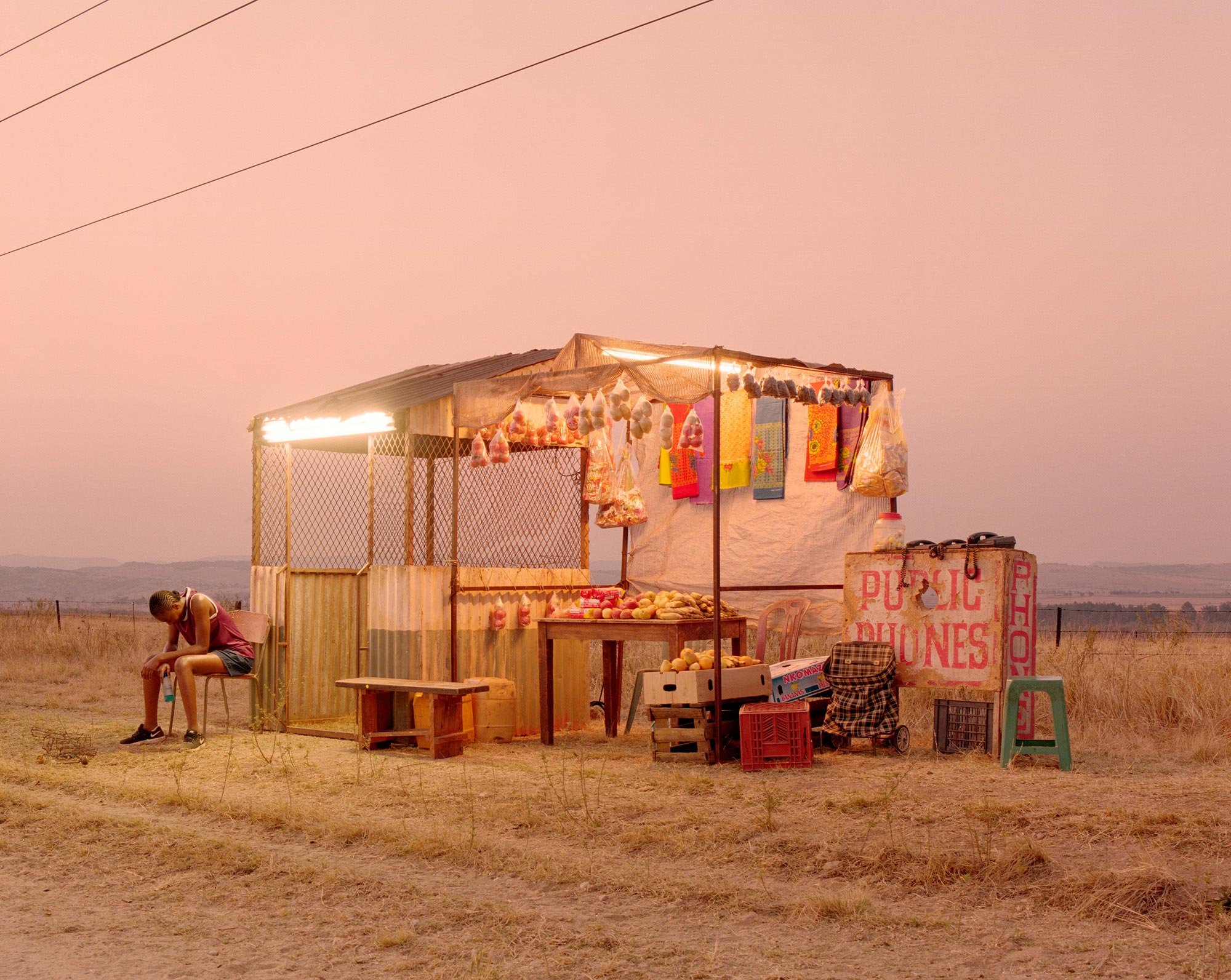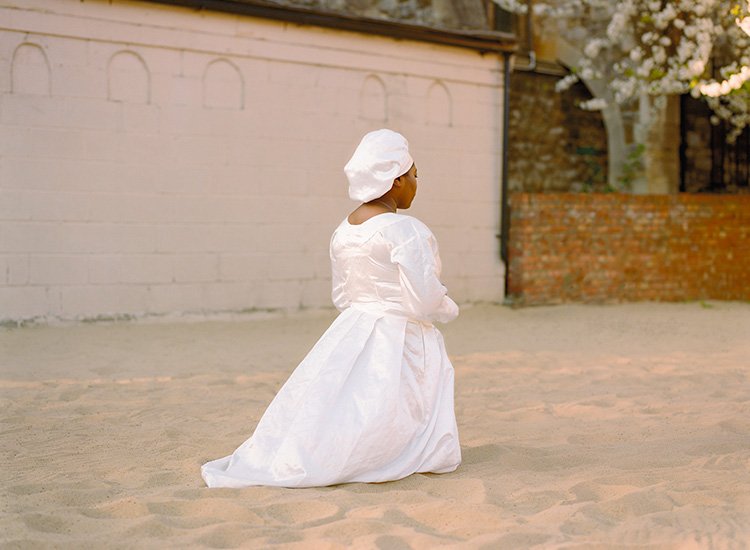Why We Create — 01 Kent Andreasen
‘Why We Create’ — is a series of five interviews with global photographers in an attempt to discover the deeper layer, drives, and motivation behind their work. We strive to bring forward the moment of realization, in which the meaningfulness of the profession is unveiled, leaving no doubt in the chosen path. In this collaboration with Open Doors Gallery, London, and the founder Tom Page we decided
to speak with selected artists presented on the platform. Offering two perspectives, the photographer’s and Tom’s, who carefully chooses art to highlight, we gain a better understanding of what attracts a viewer in an image and why the specific moment becomes immortalized. The photographs we discuss in the interview are also available as prints in the Open Doors Gallery website.
Featuring Kent Andreasen Words by Nastasia Khmelnitski
Website Instagram
Represented by 2DM Management and Disco Creatives
Member of Manners Studio
In collaboration with
Open Doors Gallery
@odtakeovers @odprintsales
The photographs by Kent Andreasen are also available as prints at Open Doors Gallery
Kent Andreasen is a photographer from Cape Town, South Africa, whose main passion is traveling. Kent graduated from AFDA Film School in Cinematography; since then, he’s developing a career of successful commercial work with clients like Nike, WeTransfer, Vice, Google, etc., and pursues personal projects. We start our conversation with Kent from the technical aspect and his decision to start shooting on a large camera format, later we move towards discussing the process of creation and of becoming.
Young Caster, 2018
What is the most memorable photo by Kent Andreasen, you recall? What is the reason you think it’s the first that comes to mind?
I had the pleasure of meeting Kent in London for the first time just over a year ago. We arranged to meet so that we could chat in person, but more importantly, so that I could see his print portfolio up close. It's essential to have a good understanding of the prints before committing to sales. I had been a fan of his work for a while, and there were a host of images that stuck out for me at the time.
One that has never lost its appeal in my mind even now and has been a hugely popular print at previous exhibitions is Young Caster, 2018. It's a strong image for several reasons: obviously, the colours and the cinematic qualities are what strike you first. However, I think this image connects me back to trips I have taken on the coast of Kenya and also West Africa. There is a real romance to this scene that sparks off strong memories for me. I think great images are ones that take you somewhere. Whether that is a personal story or one the artist wants to encourage you towards.
— Tom Page, Founder and Director of the Open Doors
‘It’s one of those pieces of equipment that takes time to gain confidence. The basics of working are the same, but how you manage it is quite different.’
Why We Create?
Hi Kent, we’re so excited to chat with you again. You started shooting on large format cameras. Tell about this experience and what you are discovering experimenting with different formats.
Hi there team, thanks for having me on. Yeah, I have, it's kind of going slow at the moment due to the lab that was developing my film closing its large-format processor. But I’ve enjoyed how slow the process is. It feels like creating is highly immersive. I’ll be able to give a better answer once the labs come back online, and I can shoot more frequently. But yeah, it feels like a completely new process to me, and I really look forward to shooting more and more on it. It’s one of those pieces of equipment that takes time to gain confidence. The basics of working are the same, but how you manage it is quite different.
‘Creating for me is a simple case of an engagement. The feeling doesn’t seem positive or negative but more a necessity. I think since I started, I am constantly switched onto things visually and like to have an outlet for those observations. Painting or sketching look like a heap.’
What do you think is the most profound emotion that you experience, which drives you to continue working on personal projects and create? Is it a positive or a negative feeling searching for the topic and eventually sharing your photos with the viewer?
Creating for me is a simple case of an engagement. The feeling doesn’t seem positive or negative but more a necessity. I think since I started, I am constantly switched onto things visually and like to have an outlet for those observations. Painting or sketching look like a heap of fun, but I like the speed at which I can portray a scene with photography. It really fits my personality and keeps me challenged.
As for the subject matter, I always photographed scenes that came to me through travel and my life in general. Now, I have decided I’ll be doing that as a means of keeping practice, but I will have projects that will work in parallel, that are more considered. I’m working on a book project currently called Memory Bank. It’s about nostalgia, memory, being homesick, and the failings of memory. This is the first project that I feel is honest with the work I want to be making.
‘Photography allowed me to fill my time without having to talk to people. I could walk the streets and really see the city of Shanghai with very little effort.’
What are the 2 episodes you can share with us, which were the breakthroughs for you in the realization of your voice and vision - of becoming an artist, a photographer?
Kent: The first was a period of isolation that I experienced while living in Shanghai in 2010. I had just finished school and found myself doing a year of travel in China and later Thailand. I was struggling to meet people, and the language barrier made life quite tough on a day-to-day basis. Photography allowed me to fill my time without having to talk to people. I could walk the streets and really see the city of Shanghai with very little effort. There was something about being able to do this that hooked me, and I have been chasing that feeling ever since.
The second was a trip I did to the US in 2015. I had recently bought a medium format camera and a whole bunch of film for the trip. During my time away with this new medium, it felt like the way I wanted to make images. It just clicked. The starting line had come into view and I knew where I needed to go. Something had changed in how I dealt with my surroundings and if I could continue to find the freedom of how I made work on that trip I knew things would come together.
‘At one point, I noticed he had put his guitar down on the pillow he had been sitting on. It felt out of place and too perfect for the dystopian scene that surrounded us.’
One of your photos is featured under the theme The Road Trip at Open Doors, a call for the creators to reminisce about an escape, an adventure they had, which usually is also accompanied by music. Do you remember the scenery or the impulse you had to take the photograph of the guitar lying on the pillow during your trip around the American West?
I made that image at The Sunken City in San Pedro, which is an area in Los Angeles. The landscape is near the ocean, and all these concrete structures are heavily covered with graffiti. It felt quite chaotic down there. There was a young man sitting amongst these “ruins” playing his guitar. I forgot his name, but he spoke to us for a bit. At one point, I noticed he had put his guitar down on the pillow he had been sitting on. It felt out of place and too perfect for the dystopian scene that surrounded us. The contrast in objects forced me to make this image. It was all by chance.
Explore the series ‘Why We Create’
Maria Lax
Max Miechowski
We speak with Max about large-scale printing and custom framing, which he recently started to examine. We discuss the Helter Skelter photograph and…
Read More
Benedetta Ristori
Through her work, we discover the most intimate feelings and thoughts of people on which Benedetta sheds light through careful work with the…
Read More
Berber Theunissen
In this interview, we speak with Berber about one of the main themes in her work, motherhood, and touch on the intrinsic changes in the professional and…













